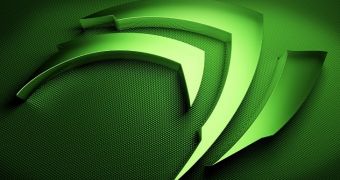For people who are content to use old products, it's always dismaying to hear that a company has stopped supplying driver improvement for them. Alas, users of a fair number of NVIDIA graphics cards will have to live with the situation.
NVIDIA has announced that its “legacy” products will no longer be supported by its drivers. The Release 340 drivers will be the last ones to bring optimizations for them.
After that, NVIDIA will move all Direct3D 10 graphics processing units (GPUs) to legacy status, leaving only Fermi, Kepler and Maxwell cards supported.
NVIDIA may still offer some bug fixes if any emerge after that point, but genuine driver refinements and feature additions will no longer happen.
So, yes, NVIDIA will support the products until April 1, 2016, but the support probably won't consist of more than customer service (via calls) and providing archived drivers for them.
Granted, the archived drivers will probably be somewhere on NVIDIA's website for a long time to come, just in case, but no periodic updates are scheduled anymore.
NVIDIA has kindly published the entire list of devices moving to legacy status, and we have everything: GeForce, Quadro and Tesla.
The GeForce 88000GTX, a fairly popular adapter even now, is among them, as is the GeForce 405. The Tesla 1000 line is mentioned as well, along with the Quadro FX collection and the Tesla C, Quadro Plex and NVS notebook platform. That last one includes both NVIDIA NVS and NVIDIA Quadro NVS.
All in all, over one hundred products have been cut off from the driver base, and it's not really that shocking. Although it does pose the question of whether or not game makers will support legacy D3D10 products from now on.
Anyway, Fermi, Kepler and Maxwell may be different architectures, but they are all based on the 28nm manufacturing process (though Maxwell will move to 20nm soon). They also share some architectural similarities.
So it's easier to make drivers for them, as opposed to having to include redundancies and backwards-compatible coding for older cards that don't even support DirectX 11, or even DirectX 10 for that matter.
All in all, NVIDIA's move to drop driver support for D3D10 makes sense, although it's likely to leave quite a few people disgruntled. Intel will benefit though, because it still has D3D10 integrated graphics in some CPUs, and it is still providing mainstream support (until 2012, when Ivy Bridge came out, it didn't even have D3D11).

 14 DAY TRIAL //
14 DAY TRIAL //